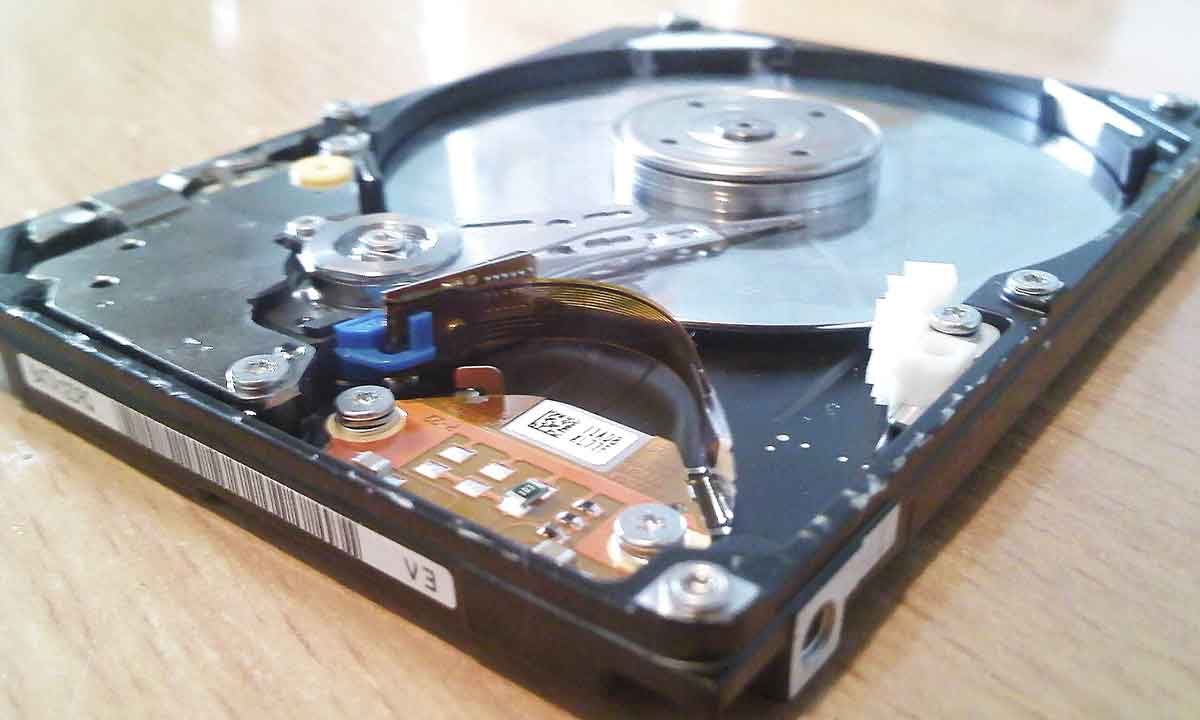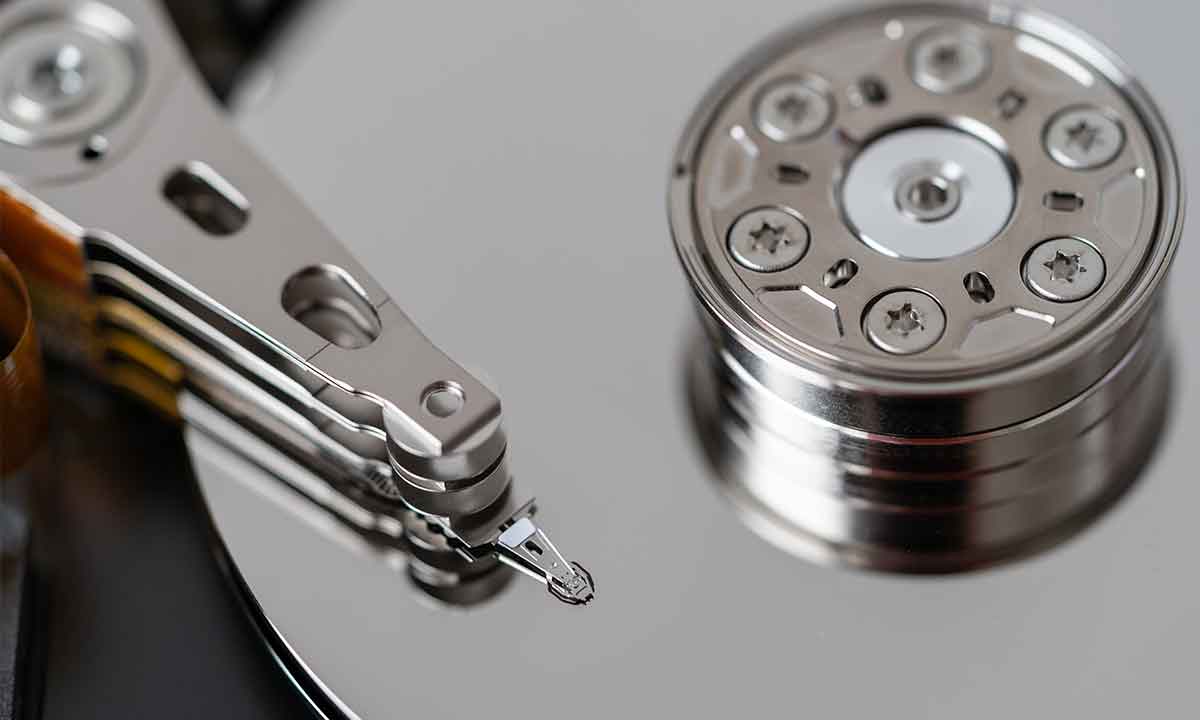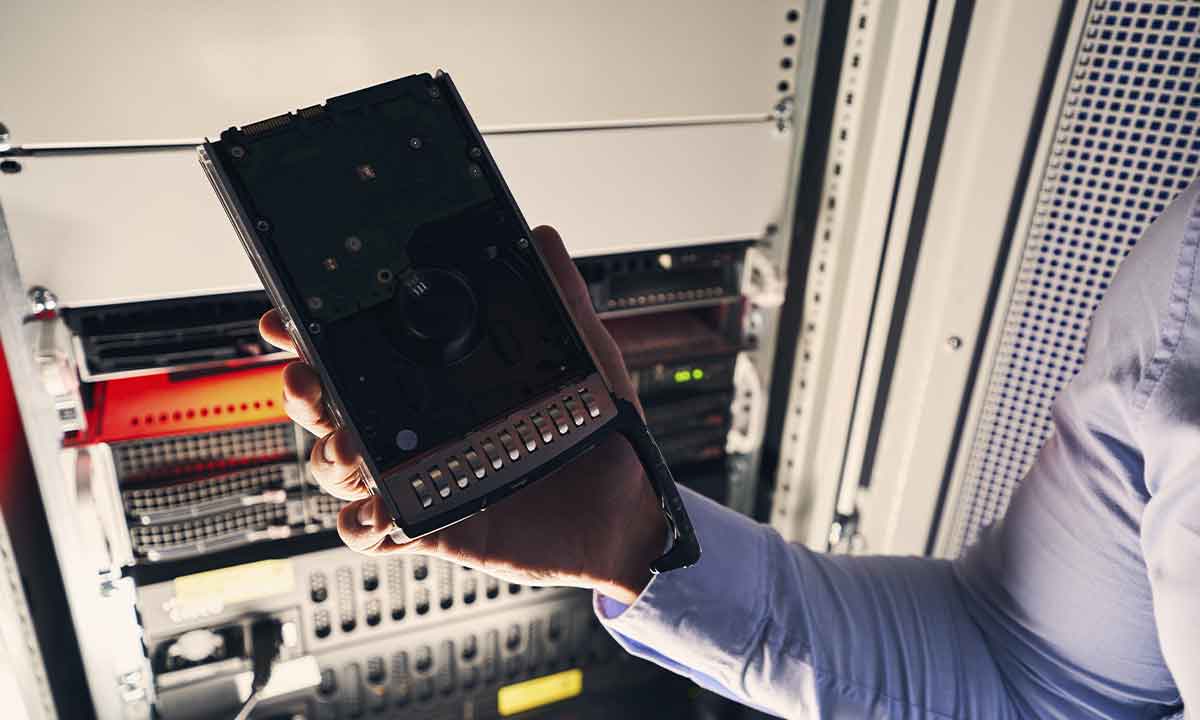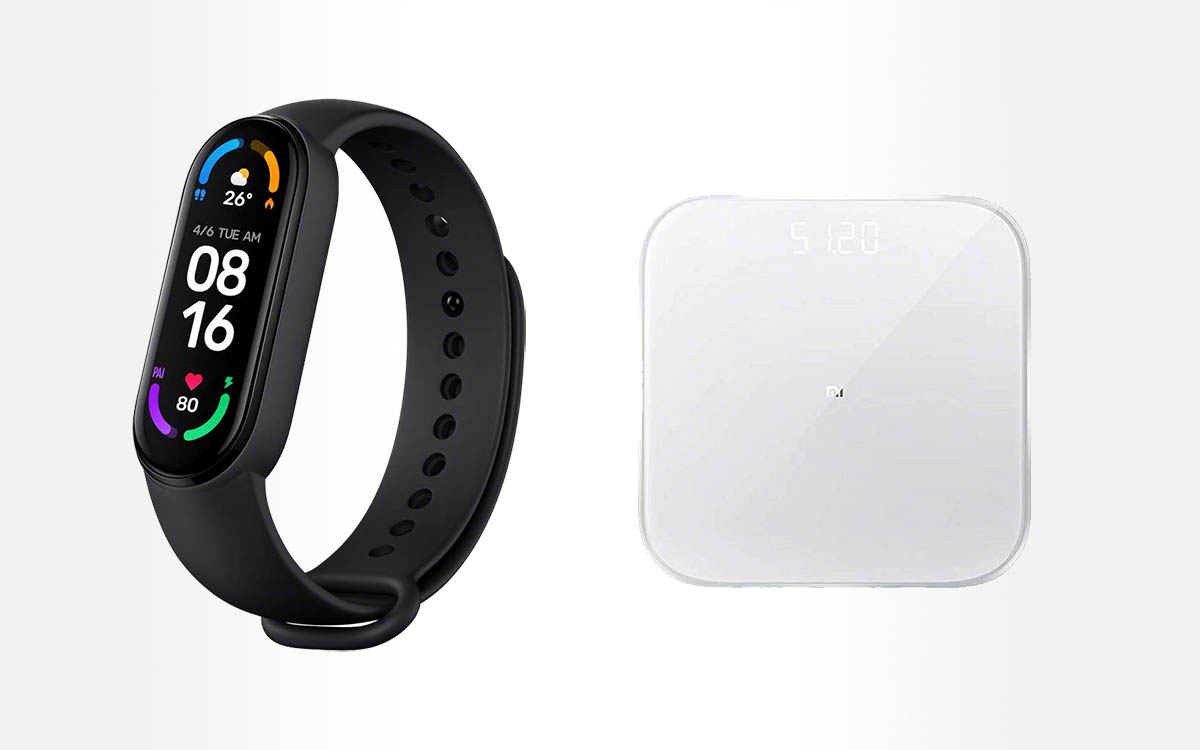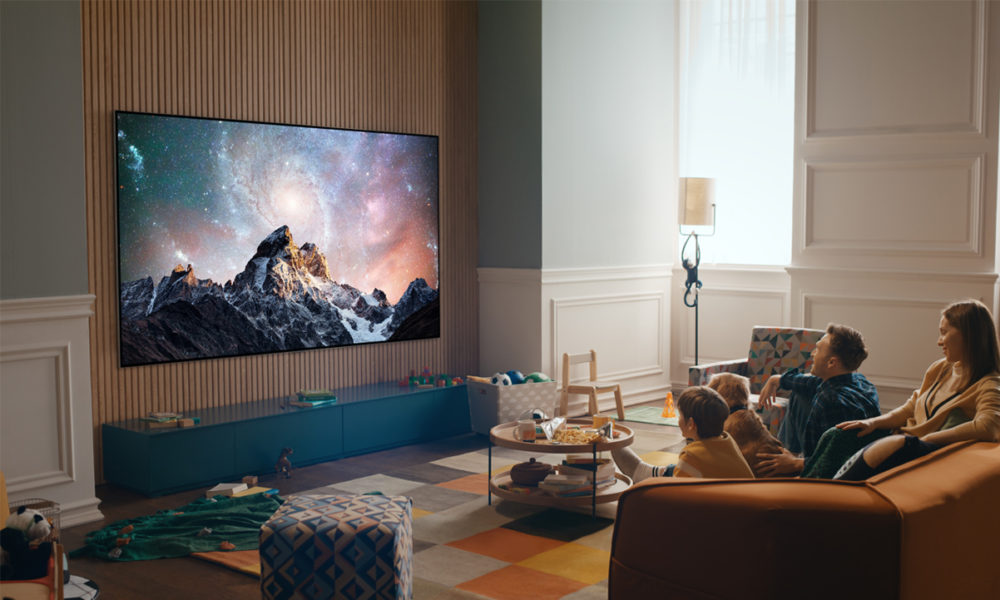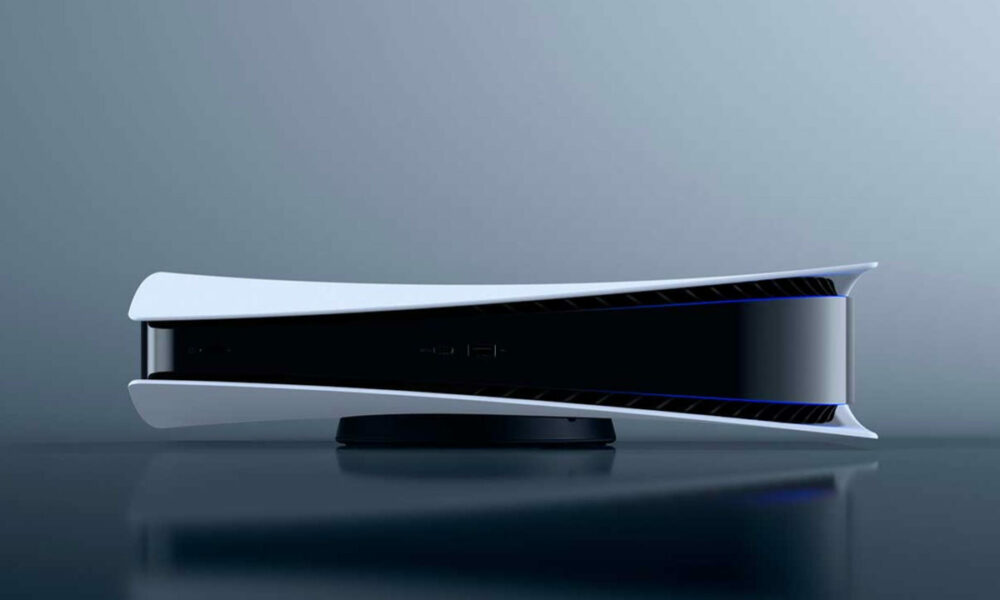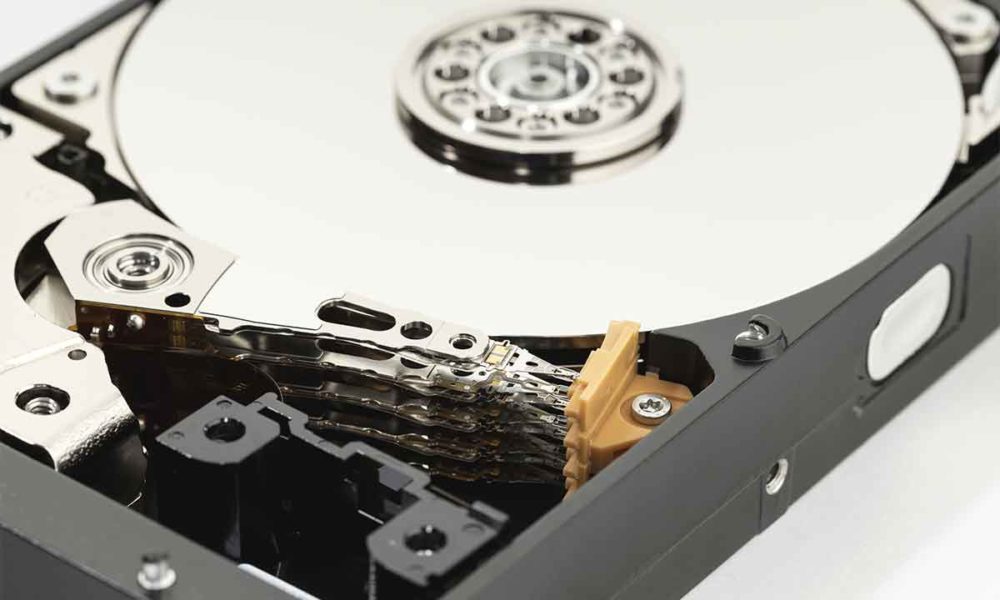
Surely, if we start to remember, many of us could remember the size of the hard drives of our first computers, especially if we are one of those who previously went through computers without any storage capacity, which rely on floppy disks, cassette tapes and other external media. Installing the operating system and software on those first disks was a convenience that we no longer wanted to give up.
The size of those hard drives evolved over the years, going from forcing us to do watermarks to be able to install and save everything we wanted, until reaching a point where we could output our Digital Diogenes. It was a sensational evolution, although in between we had to suffer a bit with the file compressors, and even some other scare with technologies like DoubleSpace, of painful memory.
Everything was going fine for the hard drives until, suddenly, a new storage medium began to gain interest of technology companies and, hand in hand, also of users. Memory cards and USB sticks, from which the branch of USB MP3 players soon emerged, brought us closer to a new medium, non-volatile flash memory, which already at that time was incredibly promising for other uses.
The cost per mega, later per gig, was disproportionately higher than that of hard drives, so these continued to be the internal storage support of PCs, although it is true that, as with all new technology, its price is gradually falling and, in a more than known relationship, its demand increases. At the end of the first decade of this century the first SSD drives for internal use in the PC begin to appear, and those who try them are left open-mouthed by the leap in performance they represent.
And so we come to 2012, to October 23, when Apple announces its Fusion Drive technology, a storage unit that combines a mechanical hard drive (the usual one) and NAND flash memory. An innovative proposal that offers a storage capacity similar to that of many hard drives of the time, a terabyte, but with 128 gigabytes of very high performance (in comparison). The operating system itself chose what was stored in the mechanical part and what went to flash memory. For quite a few people, it was their first exposure to flash storage on a PC.
Since then the SSD race began to add much more speed, and hard drives began to see how their demand was dwindling. They continued (and continue, to this day) offering the best price/capacity ratio, in addition to offering much higher capacities than those of SSD drives, but the difference in performance meant a qualitative leap that allowed for a substantial increase in the performance of systems in certain tasks.
Since then we have been witnessing as these new speeds offered virtually instant starts, massively faster handling of large volumes of data, and games with spectacular image quality in games (yes, I know, this is not only dependent on storage, but it is a key factor). Little by little, we began to see how many systems began to mount medium capacity SSDs, complemented by large capacity hard drives.
Today youIt is still possible to find such combinations on desktop computers, but not on laptops, where hard drives are practically non-existent. And it is that for their design, the lack of mobile elements and a much more compact size are added to the performance of SSDs.
At MuyComputer we have followed this change for years. Already in 2017 we told you how to make the leap, and when we asked you what your option was, SSDs had already gained a lot of ground over hard drives. Just a few days ago we told you that Microsoft wants to definitively leave hard drives behind and today we know, from WccfTech, that the independent video game studio Ebb Software, has put as a technical requirement for its long-awaited game Scorn, the use of an SSD drive.
This is actually not something new. many other titles either require it or at least recommend it very, very strongly. And it’s logical, I don’t even want to imagine what it would be like, for example, Microsoft Flight Simulator with mechanical hard drives. The bottleneck would simply be unsustainable. What is striking is that we are also seeing developments by independent studios that rule out hard drives as a means of installing their software.
Now, does this mean that the hard drives are dead? The truth is that no. Some manufacturers continue to innovate in this field, with faster, more reliable drives and unthinkable capacities in SSDs. from workstations in which huge volumes of data are processed up serversthe mechanical hard drive still has life ahead of it, and indirectly, we will surely continue to depend on it in the short and medium term.
It is different to talk about the present, and even more so about the future, of hard drives on the computers we use most. I already commented before that if we talk about laptops, the jump is practically complete, and only in the case of needing a huge storage capacity in desktops, and that this cannot be supplied by external storage media, the cloud, etc. , it makes sense to use a hybrid model, that is, an SSD as the primary drive, and a mechanical hard drive as the secondary drive.
And yes, today it is possible to build a PC that is supported exclusively by a mechanical hard drive, the problem is that there are so many limitations (plus those to come), that doing so it would be a mistake that we would undoubtedly pay very, very dearly.
What do you think? Have you already made the leap and only use SSD storage, or are you still using mechanical hard drives? And if so, do you use them as a supplement to an SSD or as a primary system drive? And in a slightly more nostalgic key, Do you remember the capacity of your first hard drive? Any ingenuity to make the most of its capacity? Any problem that made you want to throw it out the window?
